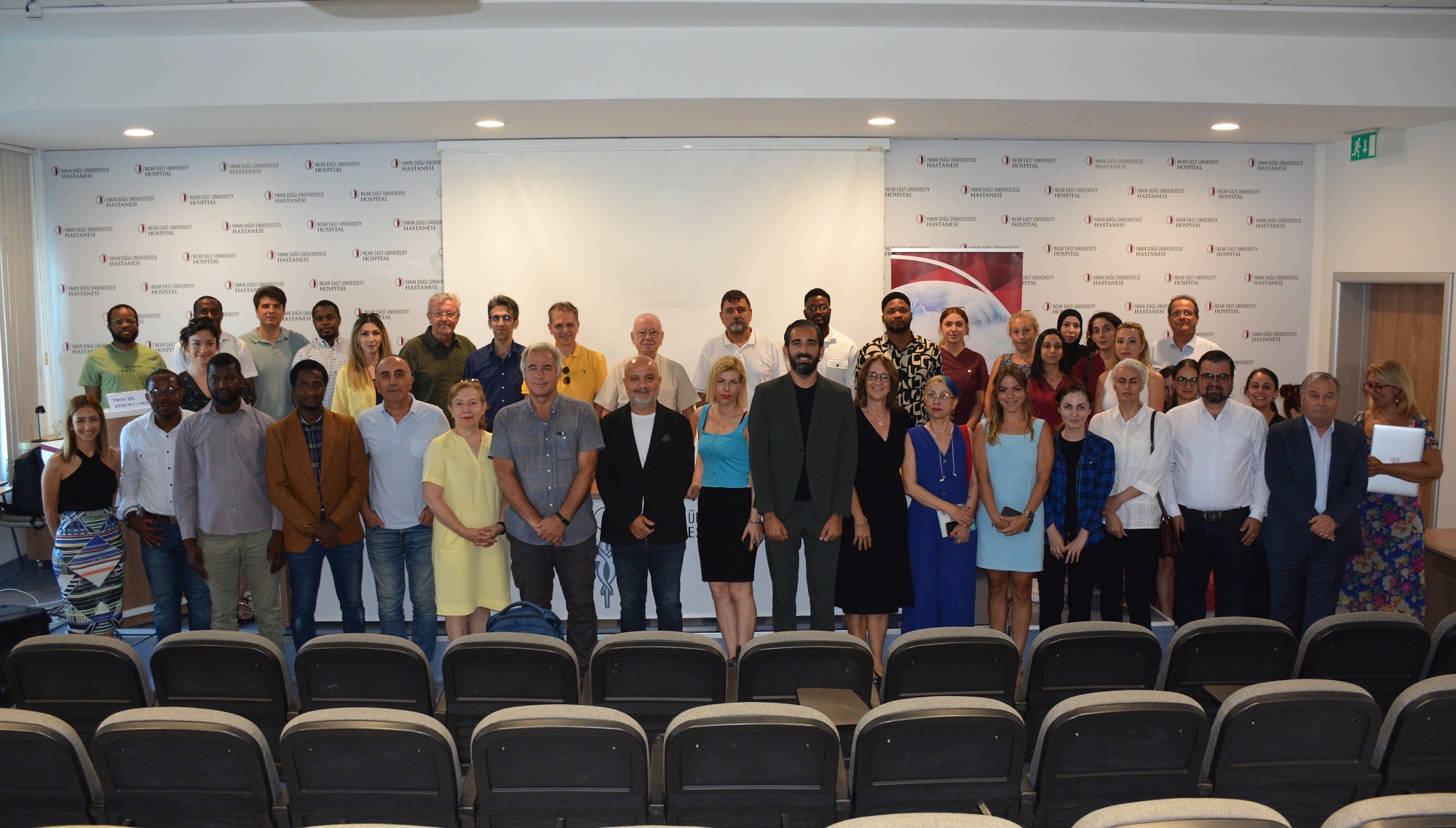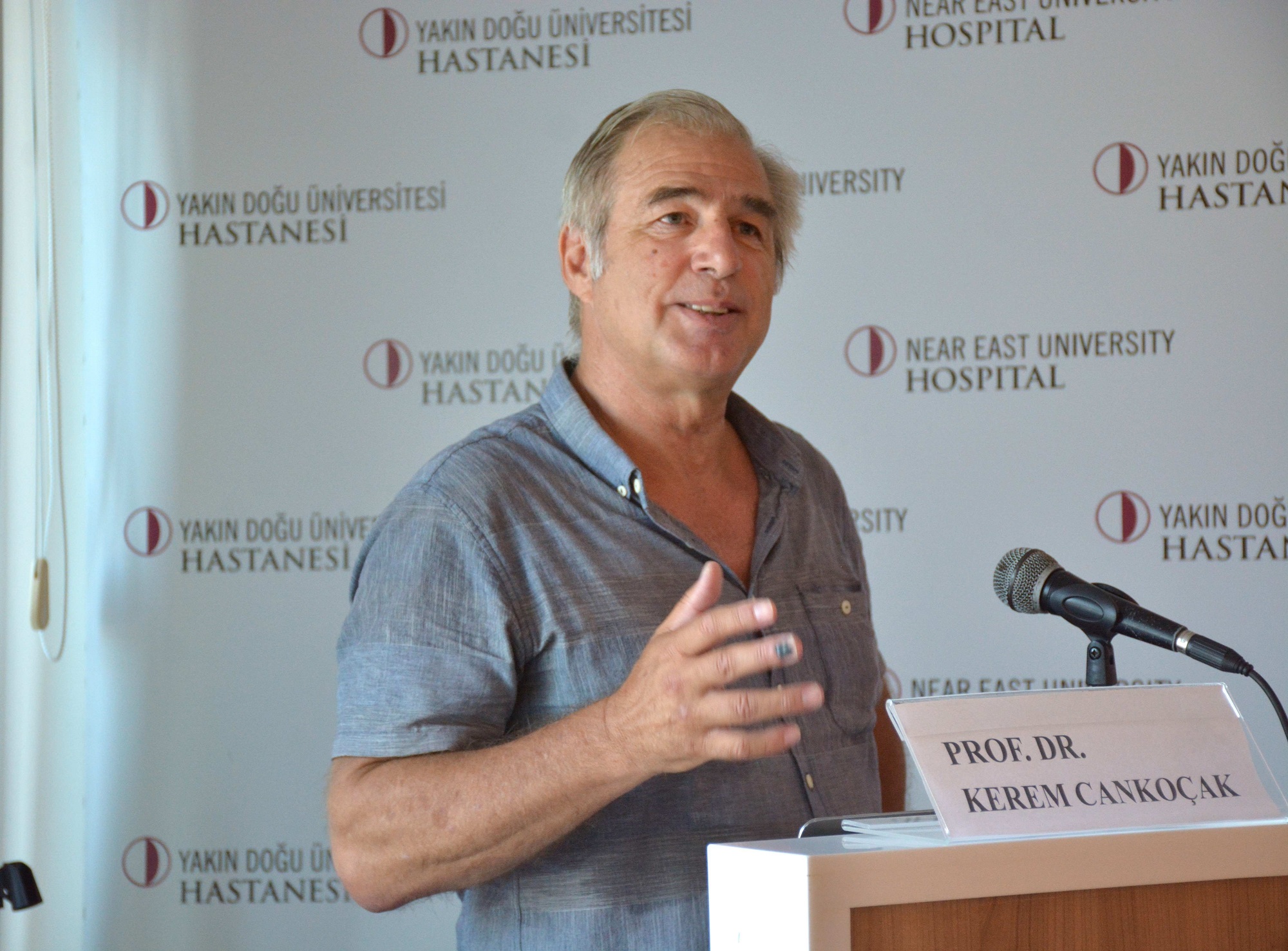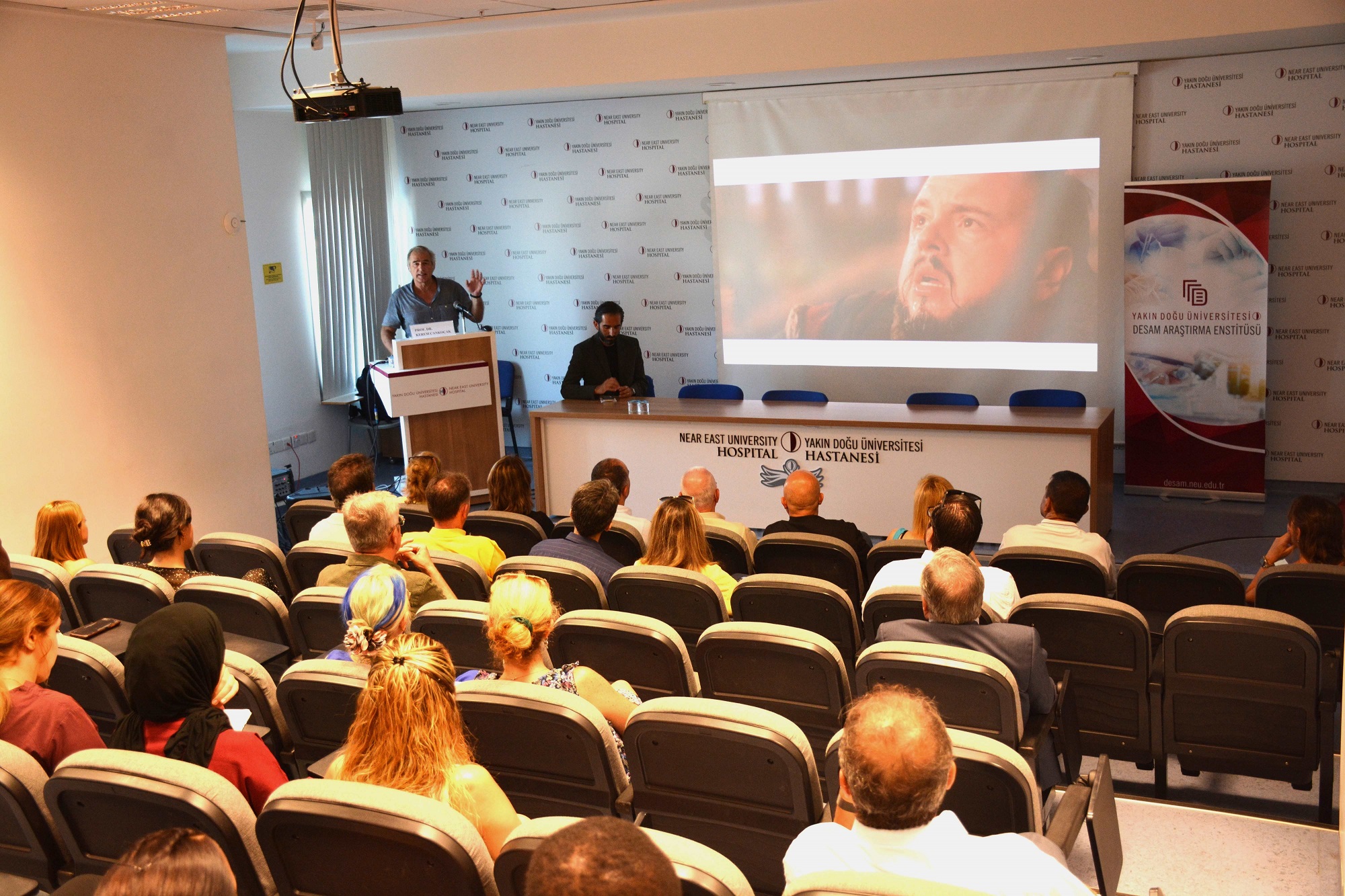
Near East University, Faculty of Engineering, Physics Engineering Lecturer Prof. Dr. Kerem Cankoçak, who is listed among the best 500 academicians in the world by AD Scientific Index, examined in depth the relevancy between the 3-body problem, one of the most challenging and complex issues in physics, and climate change at the conference “3-Body Problem and Climate Change”.
The science fiction series “3-Body Problem” published on Netflix takes its name from one of the most complex problems in the field of physics, which physicists have been working on for many years. This problem, which became a part of popular culture with the series, is an orbital mechanics problem that focuses on explaining the movements and behaviors of three or more objects with mass under the influence of each other’s gravitational forces. This is one of the starting points of the series. On a planet with a star system with three suns, the chaos that occurs due to the simultaneous force of these suns on each other causes major climate changes, making the planet uninhabitable. And events are developing…
So, how scientifically accurate is this? The “Periodic Conferences” series held by the Near East University DESAM Research Institute discussed this important issue under the title “3-Body Problem and Climate Change”.
Near East University, Faculty of Engineering, Physics Engineering Lecturer Prof. Dr. Kerem Cankoçak, who is listed among the best 500 academicians in the world by AD Scientific Index, examined in depth the relevancy between the 3-body problem, one of the most challenging and complex issues in physics, and climate change with the conference “3-Body Problem and Climate Change”. At the conference; Prof. Dr. Cankoçak made a comprehensive presentation on the historical development, mathematical difficulties and application areas of the 3-body problem and focused on the effects of climate change on our planet and how these effects can be modeled with the 3-body problem.
The event took place with intense participation, Near East University Rector Prof. Dr. Tamer Şanlıdağ and many academics attended. The conference was followed with great interest. Many participants who wanted to have in-depth knowledge about climate change had the opportunity to ask Kerem Cankoçak the questions they were curious about on the subject.
Making the opening speech of the conference, Near East University DESAM Research Institute Director Assoc. Prof. Dr. Cenk Serhan Özverel gave brief information about DESAM Research Institute. He stated that the institute, which was established as a center in 2015, has developed over time and carries out studies with 5 different laboratories and more than 50 researchers. Reminding that DESAM Research Institute organizes various events throughout the academic year, Assoc. Prof. Dr. Cenk Serhan Özverel said that one of these is the “Periodic Conferences” series.

“The 3-body problem is not just a subject of theoretical physics.”
Prof. Dr. Kerem Cankoçak stated that the 3-body problem, beyond being a theoretical physics issue, plays a key role in understanding many dynamic systems in nature. He emphasized that, given the complexity and multiple interactions of climate systems, understanding such problems can contribute to more accurate predictions of future climate scenarios.
Emphasizing the importance of creating mathematical models of climate change, Prof. Dr. Kerem Cankoçak said that in order to understand and predict the effects of climate change, not only carbon dioxide emissions but also all parameters such as other greenhouse gases should be carefully evaluated. Stating that these evaluations can help understand the complex processes where natural laws and human laws come together, Prof. Dr. Kerem Cankoçak stated that, “While using scientifically based modeling to develop solutions to the climate crisis, the results must be compatible with real life. Important platforms should be created to discuss how science and policies can come together in this context.”

“Climate change modeling should not only focus on carbon dioxide emissions!”
Pointing out that climate change seems to be a situation that has emerged with mathematical modeling, Prof. Dr. Kerem Cankoçak said, “If this modeling is based only on carbon dioxide emissions, then there is a problem here. For a correct evaluation, all parameters and variables need to be evaluated, but we do not yet have models suitable for this. Focusing only on carbon dioxide emissions will not be compatible with real life.”
Claiming that there is not enough and satisfactory news about climate change and climate crisis in the media, Prof. Dr. Kerem Cankoçak said, “Media experts do not have sufficient knowledge and background on climate change. Sensational news is based on the fear that ‘the world will disappear’. Governments also support this hypothesis.”